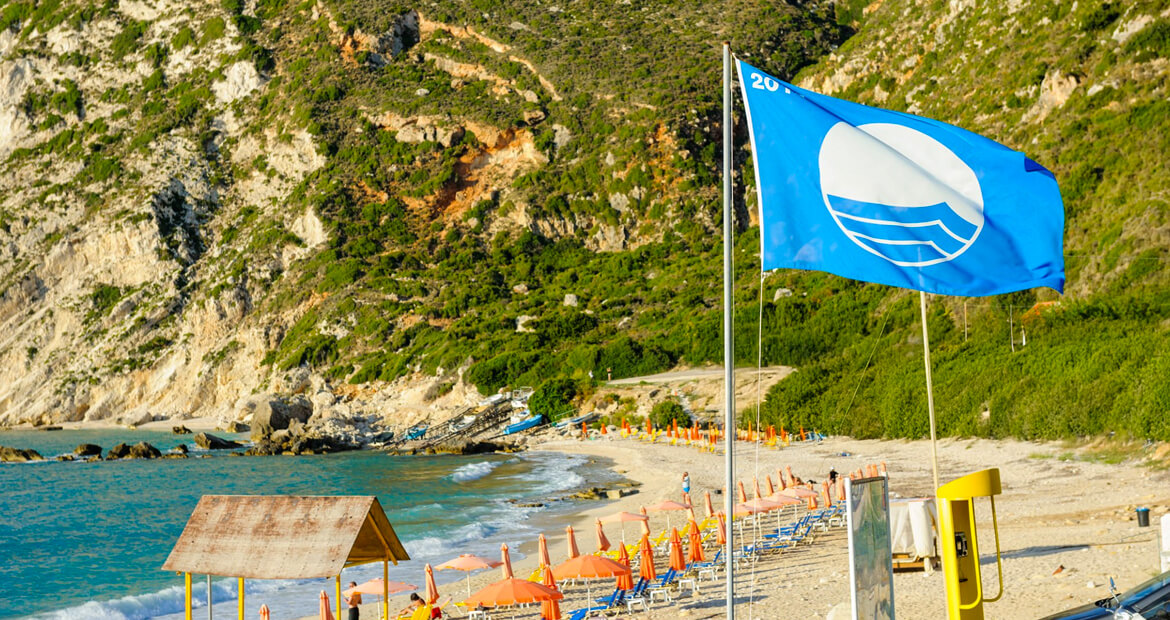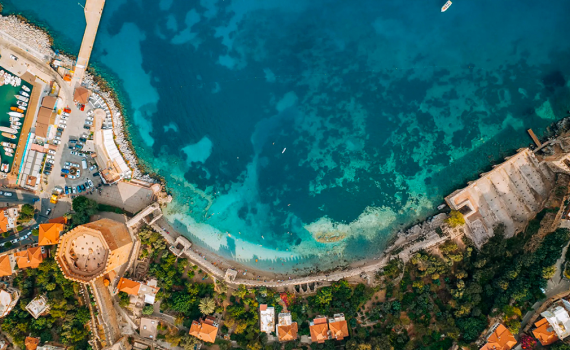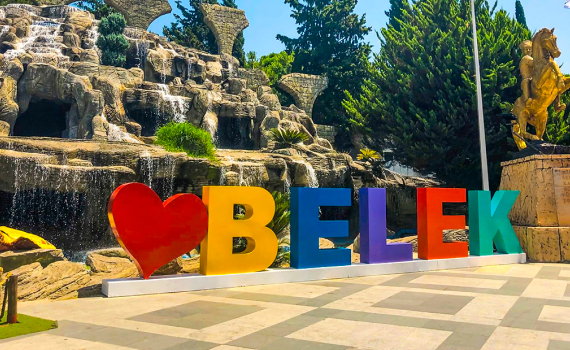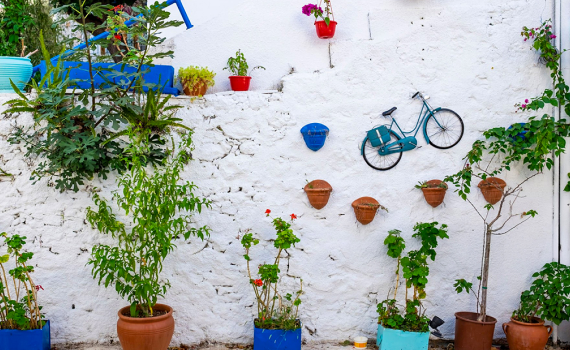The term Blue Flag beach is one of the most important concepts for those who want to enjoy the sea in the safest and the healthiest way during summer holidays. So, what does Blue Flag beach mean? This definition is not limited to the cleanliness of the sea. In fact, it is a prestigious title given to beaches that meet a series of internationally determined criteria, covering many concepts such as environmental management, water quality, safety measures, and social facilities.
A beach where the Blue Flag is flown guarantees, through regular water analyses, that the swimming water is clean and healthy. In addition, there are lifeguard services on the beach, and the necessary precautions for emergencies are in place. Measures are taken to protect the environment, waste is collected regularly, and recycling practices are implemented. Social facilities such as access for disabled people, clean toilets, and shower areas are also included in these standards. We have gathered the details of “what Blue Flag beaches mean” to improve your holiday experience.
What Is a Blue Flag Beach?

Many people planning a holiday wonder, “What is a Blue Flag beach?” A Blue Flag beach is a beach that has been awarded a prestigious certificate for meeting internationally accepted environmental quality and sustainability standards. This certificate is implemented worldwide by the Foundation for Environmental Education (FEE) and is renewed every year.
Awarding a beach with a Blue Flag shows that its water quality is excellent, environmental management is carried out effectively, the beach is kept clean and orderly, a safe environment is provided for visitors, and environmentally conscious services are offered.
At Blue Flag beaches, the water must be regularly analysed in laboratories and proven to be healthy in terms of microbiological and chemical quality. In addition to these, the Blue Flag beaches must have lifeguards, ready emergency equipment, and first aid facilities.
From an environmental management perspective, Blue Flag beaches fulfil requirements such as regular waste collection, active recycling systems, the use of environmentally friendly materials, and taking various measures to protect wildlife. Information boards and educational activities are also organised to raise environmental awareness among visitors.
Thanks to these features, Blue Flag beaches not only offer beautiful and clean seas but also contribute to sustainable tourism, support the protection of nature, and promise visitors an excellent and reliable holiday experience.
What Are the Requirements to Become a Blue Flag Beach?

The conditions for a beach to be awarded the Blue Flag are extensive. The top priority is the quality of the seawater, which must comply with international standards and be tested regularly throughout the season. The beach must also have lifeguard services, first aid equipment, and fully established emergency procedures.
Environmental management holds equal importance. Waste management, recycling practices, environmental information boards, and activities aimed at raising visitor awareness are essential parts of the process. Social facilities such as restrooms, showers, changing cabins, and access for disabled people must also be complete. As a result, Blue Flag beaches offer a high standard of quality in both physical infrastructure and environmental awareness.
The Most Beautiful Blue Flag Beaches in Türkiye

With its extensive coastline and natural beauty, Türkiye is rich in Blue Flag beaches. Both the Aegean and Mediterranean regions boast impressive, clean, and preserved shores. These beaches stand out not only for the clarity of the waters and the quality of the sand but also for their social facilities, environmental management, and safety standards. Among Blue Flag beaches in Türkiye, the cities Antalya, Muğla, İzmir, and Aydın each has a stronghold of tourism.
In Antalya, Lara and Konyaaltı beaches offer visitors an exceptional holiday experience with their long coastlines, fine sand, and developed tourist infrastructure. Konyaaltı Beach in particular, with its proximity to the city center and its cleanliness, has become a favorite for both local and international tourists.
Muğla is home to the shores of remarkable natural beauty such as Ölüdeniz, İztuzu, and Çalış Beach. Ölüdeniz is considered one of Türkiye’s most photogenic beaches, with its turquoise waters surrounded by mountain views. İztuzu Beach holds great ecological and natural significance since it is a nesting ground for Caretta caretta sea turtles.
Along the Aegean coast, especially in İzmir and Aydın, one can find many Blue Flag beaches. The beaches around Çeşme and Alaçatı offer ideal conditions for surfing and water sports, while also earning praise for the quality of the sand and the sea. Tourist centers such as Kuşadası and Didim stand out for their superior infrastructure and environmental management.
At these beaches, visitors can both swim and sunbathe in a clean and safe setting, as well as take walks along the shoreline and enjoy a variety of water sports. Many Blue Flag beaches are also home to cafés, restaurants serving local delicacies, and accommodation facilities.















